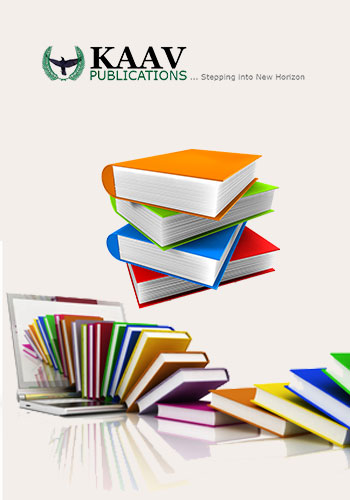Plagiarism policy
Home / Plagiarism policy
Note:- Plagiarism Checked By only Turnitin / Urkund Software.
Plagiarism is when an author attempts to pass off someone else work as his or her own. Duplicate publication, sometimes called self-plagiarism, occurs when an author reuses substantial parts of his or her own published work without providing the appropriate references. This can range from getting an identical paper published in multiple journals, to salami-slicing, where authors add small amounts of new data to a previous paper.
PLAGIARISM PRIOR PUBLISHING:
KAAV Journals will judge any case of plagiarism on its limits. If plagiarism is detected by the editorial board member, reviewer, editor etc., in any stage of article process- before or after acceptance then we will alert the same to the author(s) and will ask them to rewrite the content or the to cite the references from where the content has been taken. If more than 30% of the paper is plagiarized- the article may be rejected and the same is notified to the author.
WHEN DOES THE PLAGIARISM CHECK DONE?
All the submitted manuscripts for publication are checked for plagiarism after submission and before starting review.
HOW IS PLAGIARISM HANDLED?
The manuscripts in which the plagiarism is detected are handled based on the extent of the plagiarism. >10%-15%
Plagiarism: The manuscript will be given an ID and the manuscript is sent to author for content revision.
15- 30% Plagiarism: The manuscript will not be given an ID and the manuscript is sent back to author for content revision.
>30% Plagiarism: The manuscript will be rejected without the review. The authors are advised to revise the manuscript and resubmit the manuscript.
WHY MANUSCRIPTS WITH >30% PLAGIARISM IS REJECTED:
If the plagiarism is detected more than 30%, it is found that the authors are very unlikely to revise the manuscript and submit the revised version. However, authors are welcome to do the required revisions and submit the manuscript as a new submission.
WHAT CAN YOU DO IF YOU COME ACROSS A CASE OF PLAGIARISM IN ANY JOURNAL FROM ANY PUBLISHER?
If you come across a case of plagiarism in any journal from any publisher, please do inform the editorial office(s) of all the involved journals, giving them the journal names, title of manuscripts, name of authors, volume number, issue number, year of publication and any other information that you have. The editorial offices will handle the cases as per their policy.
WHAT IF PLAGIARISM DETECTED AFTER PUBLICATION
If a case of plagiarism comes to light after a paper is published in a KAAV journal, the journal will conduct a preliminary investigation. If plagiarism is found, the journal will contact the author's institute and funding agencies. A determination of misconduct will lead the KAAV journal to run a statement, bidirectionally linked online to and from the original paper, to note the plagiarism and to provide a reference to the plagiarised material. The paper containing the plagiarism will also be obviously marked on each page of the PDF. Depending on the extent of the plagiarism, the paper may also be formally retracted.
ORIGINALITY
By submitting Author(s) manuscript to the journal it is understood that it is an original manuscript and is unpublished work and is not under consideration elsewhere. Plagiarism, including duplicate publication of the author's own work, in whole or in part without proper citation is not tolerated by the journal. Manuscripts submitted to the journal may be checked for originality using anti-plagiarism software.
Plagiarism misrepresents ideas, words, and other creative expression as one's own. Plagiarism represents the violation of copyright law. Plagiarism appears in various forms.
Copying the exact content from the other source. Purposely using portions of another author's paper.
Copying elements of another author's paper, such as figures, tables, equations or illustrations that are not common knowledge, or copying or purposely using sentences without citing the source.
Using text downloaded from the internet.
Copying or downloading figures, photographs, pictures or diagrams without acknowledging your sources.
In the case of a publication being submitted that was originally published in another language, the title, date and journal of the original publication must be identified by the authors, and the copyright must be obtained. The editor may accept such a translated publication to bring it to the attention of a wider audience.
In case author wants to use material from the other work then it is mandatory to cite the same in references. Else the author needs to change the language completely and use his/ her own language.
ACKNOWLEDGING AUTHOR(S) SOURCES
Self-plagiarism does not apply to publications based on the author's own previously copyrighted work (e.g., appearing in a conference proceedings) where an explicit reference is made to the prior publication. Such reuse does not require quotation marks to delineate the reused text but does require that the source be cited.
KAAV
KAAV Publications is the bringer of omens, calling the academicians from the world to say that it is the time to change to step into new authentic power of knowledge collectively.
011-22626549
kaavpublications@gmail.com
Sign Up to Newsletter
Make sure you never miss out on the latest news from Ceramix, just enter your details and we'll keep you updated.

